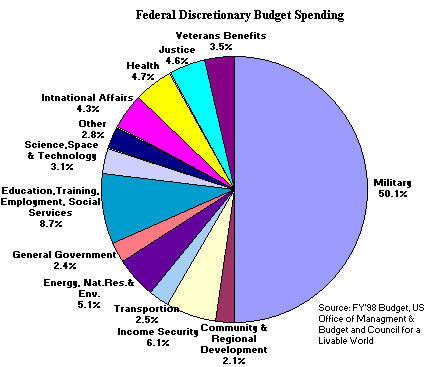Our Task: First Defeat National Security Council
Document 68 (NSC 68): Then Attack NSC 68 'Lite'
By Harry Targ
Beaver County Peace Links via Heartland Radical
After the outbreak of fighting on the Korean peninsula, NSC 68 was accepted throughout the government as the foundation of American foreign policy (U.S. Department of State, Office of the Historian).
The third and last presidential debate of the 2012 election season, October 22, 2012, addressed issues of foreign policy and their connections to the United States economy. The debates reflected the idiosyncrasies of American politics, 2012, as well as the enduring features of the United States empire.
As to the candidate’s realization that he needed to “move to the center,” Mitt Romney tried to portray himself as peace-oriented. This approach contradicted the neo-conservative vision of the 17 of 24 key foreign policy aides advising him. These former Bush advisors and associates of the Project for a New American Century or (PNAC), stand for a foreign policy designed to reestablish United States global hegemony. PNAC, formed in the 1990s, in its official positions argued that the United States, as the last remaining superpower, must use that power to remake the world. The PNAC vision combines the ideology of the United States as the “city on the hill” and the “beacon of hope” for the world, with the advocacy of using overwhelming military force to achieve imperial goals.
Romney, contrary to prior statements, endorsed the Obama administration plans for withdrawal from Afghanistan in 2014. He, like President Obama, supported the Syrian opposition short of U.S. direct military intervention. He called for maintaining sanctions against Iran to force the latter to end its alleged nuclear program while avoiding war. And Romney, like Obama, endorsed challenging China’s trade policy while engaging in constructive diplomacy with the burgeoning new superpower. These and other Romney statements mirrored (for better or worse) the foreign policies of President Obama. The flexible Republican candidate “moved to the center” on foreign policy because of his perceived need to present an image of wisdom and caution to the America voters who oppose a continued presence in Afghanistan, getting directly involved in wars against Syria and Iran, and the wars on “terrorism,” “drugs,” and other crusades.

